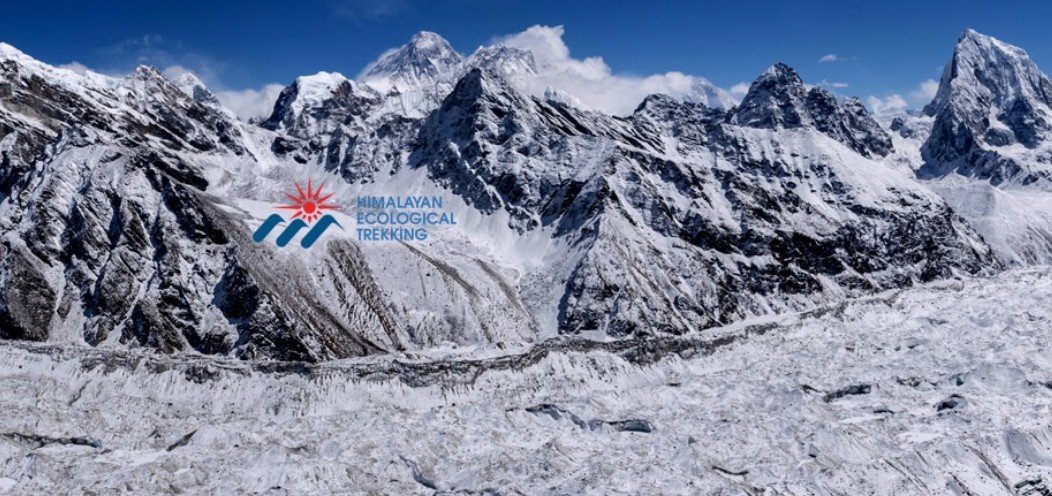That dream becomes a reality with Everest Base Camp Trekking — a journey that takes you through the heart of the Himalayas, with jaw-dropping views, welcoming Sherpa culture, and an experience that touches your soul.
But wait — isn’t trekking to Everest Base Camp only for expert mountaineers? Absolutely not! With the right preparation and a positive mindset, almost anyone with a decent fitness level can do it. This guide is here to answer all your “what,” “how,” and “where” questions in a way that’s simple, honest, and beginner-friendly. We’ll also talk a bit about Pikey Peak Trekking, an underrated gem you might want to consider too.
Why Choose Everest Base Camp Trekking?
There’s something magical about Everest Base Camp Trekking that pulls people from every corner of the globe. You’re not just walking — you’re connecting with the raw power of nature, ancient traditions, and your inner strength.
-
Spectacular Views: From the moment your trek begins, snow-capped giants like Ama Dablam, Lhotse, and of course, Everest, keep you company.
-
Cultural Immersion: You’ll pass through Sherpa villages, spin prayer wheels at monasteries, and learn local customs.
-
Sense of Achievement: Standing at 5,364 meters, right at the foot of Mount Everest, brings a rush of emotions — joy, pride, and even a few happy tears.
Where Does the Trek Start, and How Long Does It Take?
Most treks start with a short flight to Lukla, a small mountain airstrip that’s already high up in the hills. From there, it typically takes 12 to 14 days to reach Base Camp and return, depending on your pace and rest days.
-
Lukla to Phakding: A gentle start with scenic river crossings.
-
Namche Bazaar: The trekker’s hub. Great for acclimatization and delicious baked goods!
-
Tengboche & Dingboche: Higher altitude villages with incredible mountain backdrops.
-
Lobuche & Gorak Shep: Final stops before Base Camp.
-
Everest Base Camp: You made it! Soak it in — you’ve earned every step.
How Difficult Is Everest Base Camp Trekking?
It’s not a walk in the park, but it’s definitely manageable for most people with decent fitness and determination.
-
No technical climbing: You don’t need ropes or mountaineering experience.
-
Altitude is the main challenge: The air gets thinner the higher you go, which can make breathing harder.
-
Stamina over speed: It’s more about being slow and steady than being super fit.
Taking rest days for acclimatization, drinking lots of water, and listening to your body are key.
What Should You Pack?
Packing smartly can make your trek more enjoyable and comfortable.
-
Warm layers: It gets freezing at night, especially above 4,000 meters.
-
Good trekking boots: Well broken-in and waterproof.
-
Backpack and rain cover: Light but sturdy.
-
Reusable water bottle and purification tabs: Stay hydrated.
-
Snacks and energy bars: A little chocolate goes a long way on tough trails!
Also bring sunscreen, sunglasses, and a positive attitude — these are must-haves too.
What Are the Best Months for Everest Base Camp Trekking?
Seasons matter! The weather in the Himalayas is unpredictable, but some months are better than others.
-
Spring (March to May): Clear skies, blooming rhododendrons, and great visibility.
-
Autumn (September to November): Crisp air, minimal rain, and epic views.
Avoid the monsoon (June to August) due to slippery trails and poor visibility. Winter (December to February) is possible but super cold.
How Does Pikey Peak Trekking Compare?
Let’s say you’re short on time or not quite ready for Everest Base Camp Trekking. Enter Pikey Peak Trekking — a shorter, quieter alternative with jaw-dropping panoramic views, including a distant look at Everest itself.
-
Less crowded: You might go hours without seeing another trekker.
-
Easier altitude: Pikey Peak sits at around 4,065 meters — challenging, but less risky.
-
Cultural experience: You’ll still visit monasteries, meet locals, and walk peaceful forest trails.
Some trekkers even say the sunrise view from Pikey Peak is the best in Nepal — and yes, that includes views of Everest.
How to Prepare for Everest Base Camp Trekking
Start training at least 2–3 months before your trek. You don’t need to be a marathon runner, but your legs should be ready for long uphill and downhill walks.
-
Practice hikes: Try carrying a backpack while hiking to get used to the weight.
-
Cardio workouts: Cycling, walking stairs, and jogging help build stamina.
-
Mental preparation: Some days will be tough — mentally preparing for the challenge is just as important as physical training.
Tips That Make a Big Difference
Little things can make your Everest Base Camp Trekking smoother and more enjoyable.
-
Go slow and steady: Rushing at altitude can cause sickness.
-
Stay hydrated: Drink more water than you think you need.
-
Bring cash: There are no ATMs once you leave Lukla.
-
Respect the culture: Always ask before taking photos, and dress modestly.
-
Take photos, but be present: Don’t forget to put the camera down and just enjoy the view.
Final Thoughts — Is Everest Base Camp Trekking Worth It?
Absolutely. It’s more than a trek; it’s a journey of self-discovery. Every step you take brings a new view, a new challenge, and a new story. Whether you choose the mighty Everest Base Camp Trekking or the more peaceful Pikey Peak Trekking, both offer unforgettable experiences.
The mountains teach patience, humility, and appreciation for simple things — like a warm cup of tea after a long climb. And when you return home, you’ll carry not just memories, but a stronger, more grounded version of yourself.
So, what are you waiting for? Lace up those boots and head for the trails!
